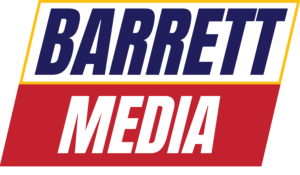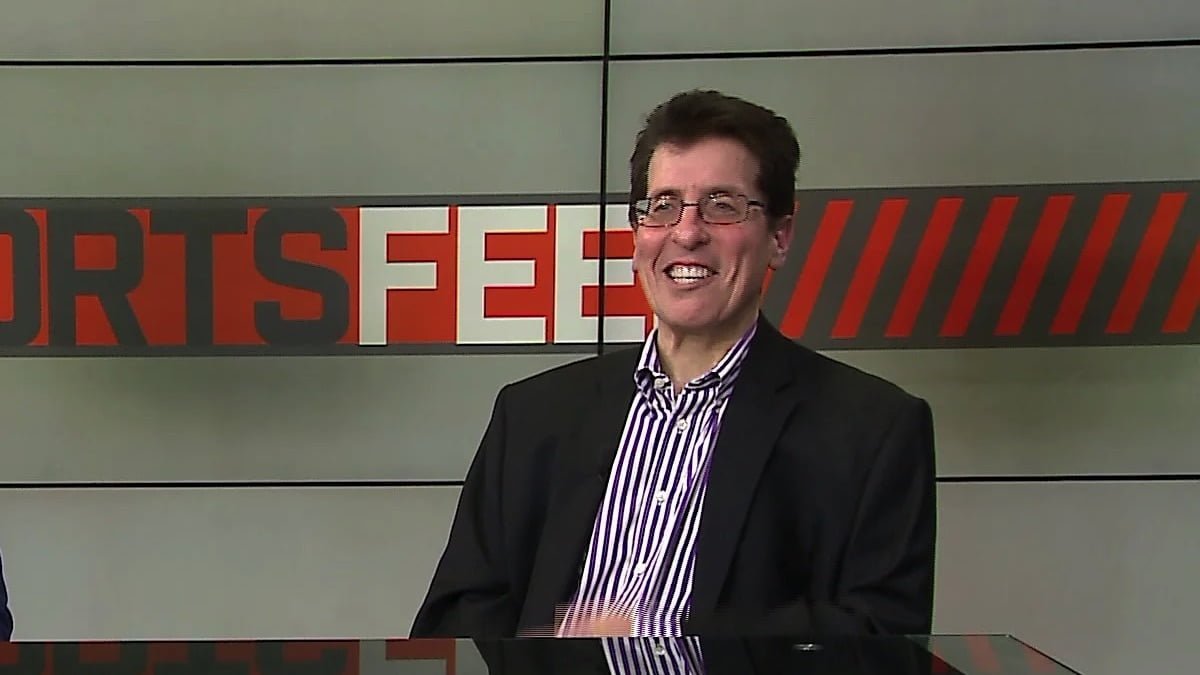A McKinsey & Company report states that global subscription revenue should reach $2.3 trillion by 2025, a compound annual growth rate of 15% from 2020 to 2025. According to the report, media and entertainment are major growth categories. The continuing rise in mobile device usage, including the consumption of radio, is one of the main factors driving the growth.
Television networks have all created subscription-based platforms. Every video stream offers an ad-supported and ad-free version of its service. The radio industry has not figured out how to take advantage of this trend.
Radio is one of the few industries that has stayed true to its ad-supported revenue model, although Good Karma has an ad-free, subscription podcasting model with The Land On Demand for its sports radio station in Cleveland, and Audacy is testing the idea.
The broadcast industry fought satellite’s subscription-based model and made the key differentiating point that radio’s product is free. It hasn’t been effective in blunting the sat-casters growth. When satellite radio launched in 2002, subscription models weren’t the norm.
Since 2002, when Sirius and XM launched, there has been far more acceptance of subscription models. In 2011-12 Adobe stopped selling software. Instead, it charged a monthly subscription fee for its Creative Cloud Suite. I remember being angry when Intuit did the same with Quicken in 2017. Microsoft started selling subscriptions to Office 365 in 2021.
Users used to pay to download a song or album. Now Apple, Spotify, Amazon, and others want them to subscribe to their services. It is the same with games. There are subscription services now for razors, meals, and pet food.
My friend, Jay Philpott, calls it the tin cup theory. Years ago, he predicted that “we would have more options than we could use, but every provider would have their tin cup out for what looked like only a little bit of money but wound up being quite a bit in the end.”
Radio must find creative ways to capitalize on the trend. Undoubtedly, each company or station will offer a subscription-based ad-free version of its app soon enough. That’s a start, but there must be other ideas that help bring in incremental dollars.
Here’s one:
Despite the nine “newspapers” I subscribe to already, I still come across articles from other local sites I want to read. That’s when the “tin cup” comes out. They try to induce me to subscribe with a special offer for anywhere from a week to six months. If I reject the deal, they want me to turn off my ad-blocker, which doesn’t seem to block ads, and turning it off does nothing, either.
It’s annoying.
I don’t need a subscription to the El Paso Times, The Denver Post, Pensacola News Journal, or any other random news sites I land on from time to time.
I might, however, pay for the content I want with no further commitment. I wonder, is that a revenue opportunity?
Could radio stations that still have newsrooms and are creating original content, especially local news, sell that content online?
I welcome the opportunity to purchase news items of interest at a decent price, a la carte. I’m thinking less than a buck, 99¢. I could store my credit card information for future purchases without requiring signing up. How novel would that be?
It would be the first time the newsroom contributed directly to the bottom line, which would help insulate it from further cuts. Who knows, maybe it produces enough revenue to support a rebuilding effort?
The only thing I can think of that comes remotely close to this model is sheet music that you can buy for a few dollars per song.
I have subscription fatigue. I have at least two dozen subscriptions between the streamers, music services, newspapers, services, and apps, which is probably an undercount.
Recently, I saw that auto manufacturers plan to charge “monthly fees” (aka subscriptions) for features such as heated seats, faster speeds, and other extras. There’s just no end in sight.
I’m not suggesting that selling a few local news stories will save radio or make anybody rich. Radio must find new, innovative, and non-traditional methods to repurpose and sell the content it creates. This is one small idea on the road to helping the industry take advantage of the subscription trend and growing revenue.
Andy Bloom is president of Andy Bloom Communications. He specializes in media training and political communications. He has programmed legendary stations including WIP, WPHT and WYSP/Philadelphia, KLSX, Los Angeles and WCCO Minneapolis. He was Vice President Programming for Emmis International, Greater Media Inc. and Coleman Research. Andy also served as communications director for Rep. Michael R. Turner, R-Ohio. He can be reached by email at andy@andybloom.com or you can follow him on Twitter @AndyBloomCom.







